Overview
The T-M99 Universal Gravitation DIY Learning Kit is a hands-on educational project designed to teach students the fundamentals of Newton’s Law of Universal Gravitation. By assembling and operating the model, learners can observe how gravitational force depends on mass and distance and gain a tactile understanding of planetary motion, orbits, and attraction forces.
Key Learning Goals
- Demonstrate the relationship between mass, distance, and gravitational attraction
- Visualize Newton’s law in a physical model to connect theory with real-world phenomena
- Develop problem solving, measurement, and scientific reasoning skills
- Explore basic concepts of physics, astronomy, and mechanics suitable for STEM education
Features and Highlights
- Demonstrate Universal Gravitation: See how objects attract each other based on mass and distance
- Visualize Abstract Physics Concepts: Turn Newton’s gravitational law into a visible, working model
- STEM Educational Focus: Covers topics in physics, astronomy, and mechanics
- DIY Hands-On Assembly: Build the model to reinforce mechanical understanding and fine motor skills
- Enhance Scientific Thinking: Encourages observation, experimentation, and analysis
- Ideal for Classroom and Home Learning: Perfect for teachers, students, and educational displays
How the Kit Works
The kit uses a central support, rotating arm, and spheres representing masses linked by string or wire to simulate gravitational interaction. By changing sphere mass or varying distance between masses, students can observe the resulting changes in motion and force balance. The model demonstrates the operating principle of gravitational attraction and mass influence without the need for power or motors.
Simple Experiment Ideas
- Compare motion when using different sphere masses to observe the effect of mass on attraction
- Vary the distance between masses and record changes in interaction and orbit path
- Measure and plot how changing one variable affects the system to practice data gathering and analysis
Package Includes
- Wooden or acrylic base platform
- Spheres representing planets or masses
- Rotating arm and support rods
- Connecting hardware (screws, nuts, and bearings)
- String or wire for force demonstration
- Instruction manual with diagrams and explanation of the concept
Specifications
- Material: Wood or acrylic with metal and plastic components
- Assembly Type: DIY unassembled kit
- Power Source: None, manual operation
- Skill Level: Beginner to intermediate
- Learning Focus: Universal gravitation, motion, and force interaction
- Operating Principle: Demonstrates gravitational attraction and mass influence
Classroom Use and Benefits
This kit is well suited for STEM classrooms, science fairs, and teacher demonstrations. It supports lesson plans on gravity, orbital mechanics, and forces while promoting inquiry-based learning. The hands-on assembly process helps students practice following technical instructions, using basic tools, and collaborating on small engineering projects.
Teaching Tips
- Pair the model with a short lesson on Newton’s Law and sample calculations to link observation with mathematics
- Have students predict outcomes before each experiment and then compare results to reinforce the scientific method
- Use group activities to encourage discussion and different approaches to the same experiment
Safety and Maintenance
- Assembly requires care with small hardware; supervise younger students
- Keep string and small parts away from very young children to avoid choking hazards
- Wipe wooden or acrylic parts with a dry or slightly damp cloth; avoid harsh chemicals
What Students Will Learn
- Conceptual understanding of gravitational force and its dependence on mass and distance
- Basic experimental design, measurement, and data analysis
- How theoretical physics principles apply to observable systems like planetary orbits
Note: Images are for illustration purposes only.

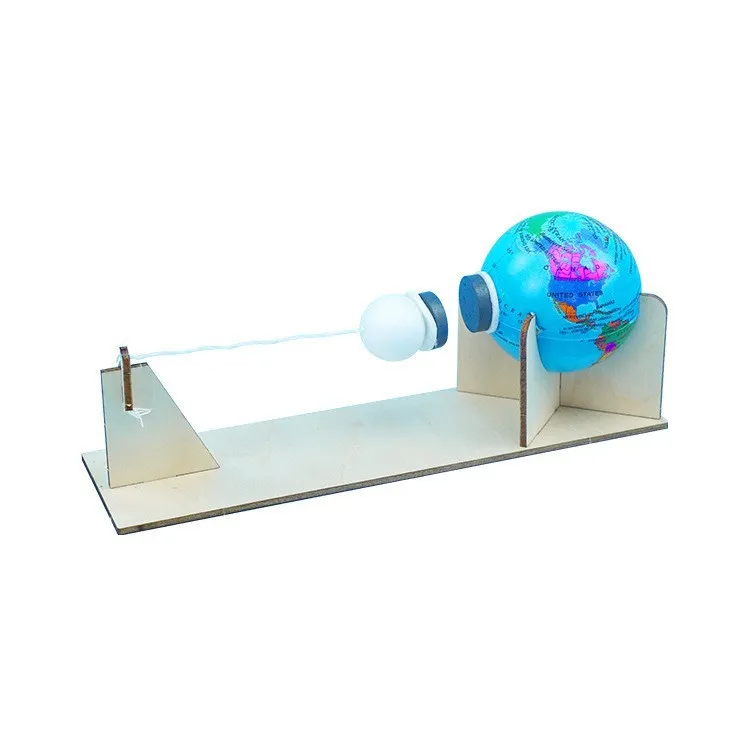

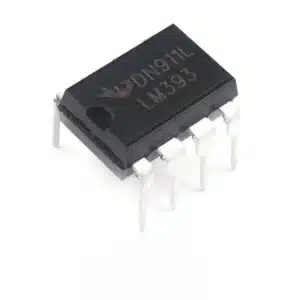
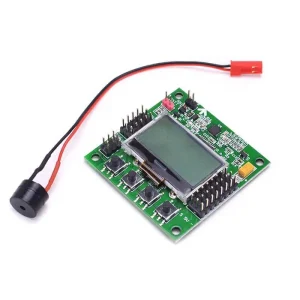
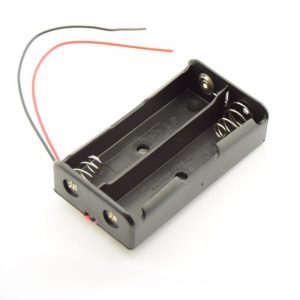
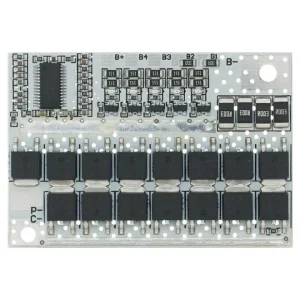
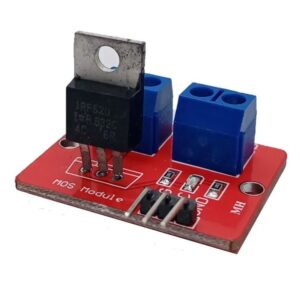
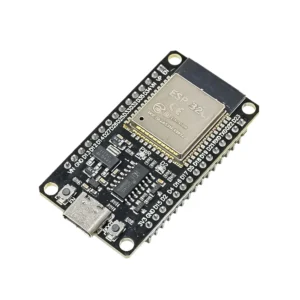

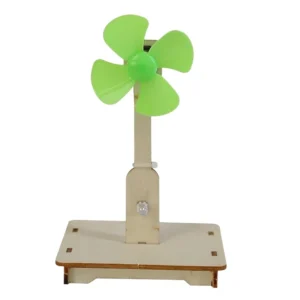
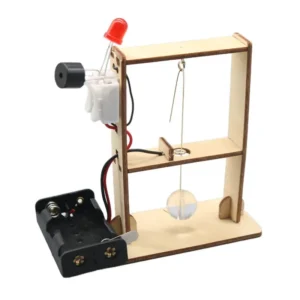
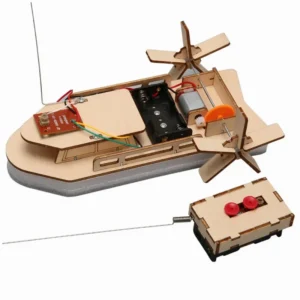

Reviews
There are no reviews yet